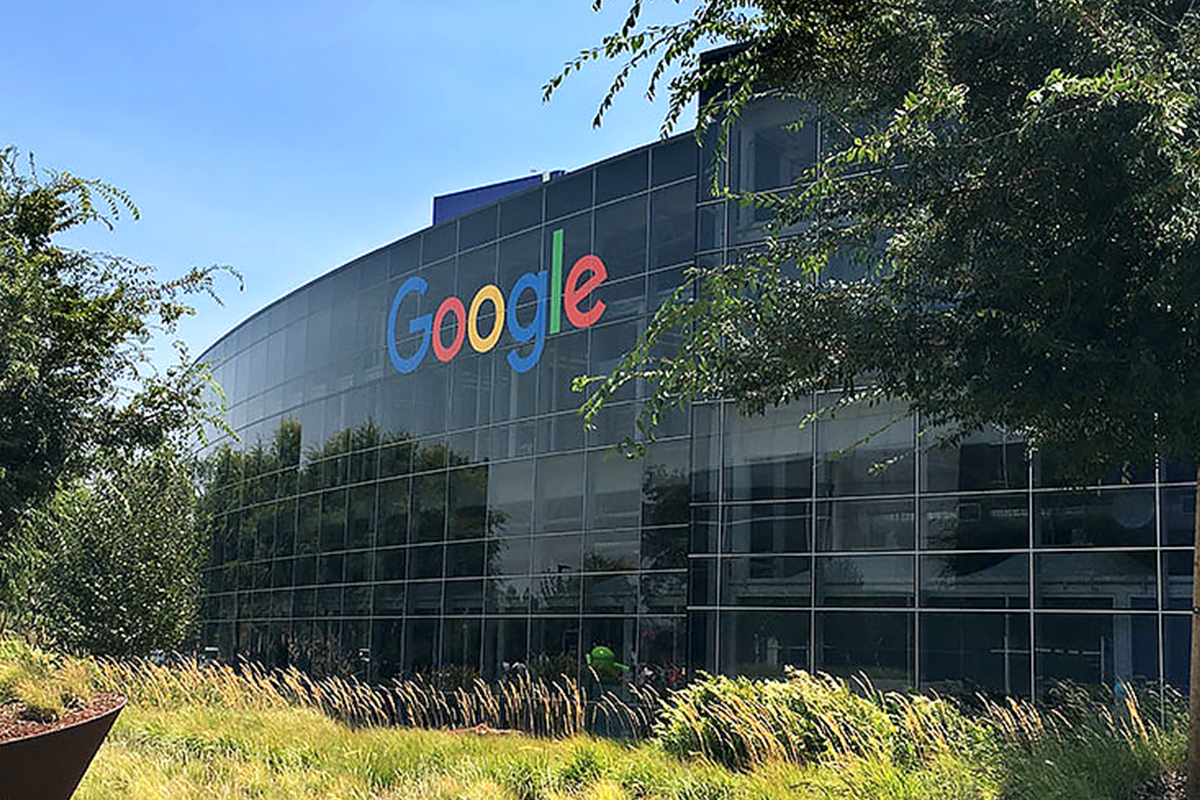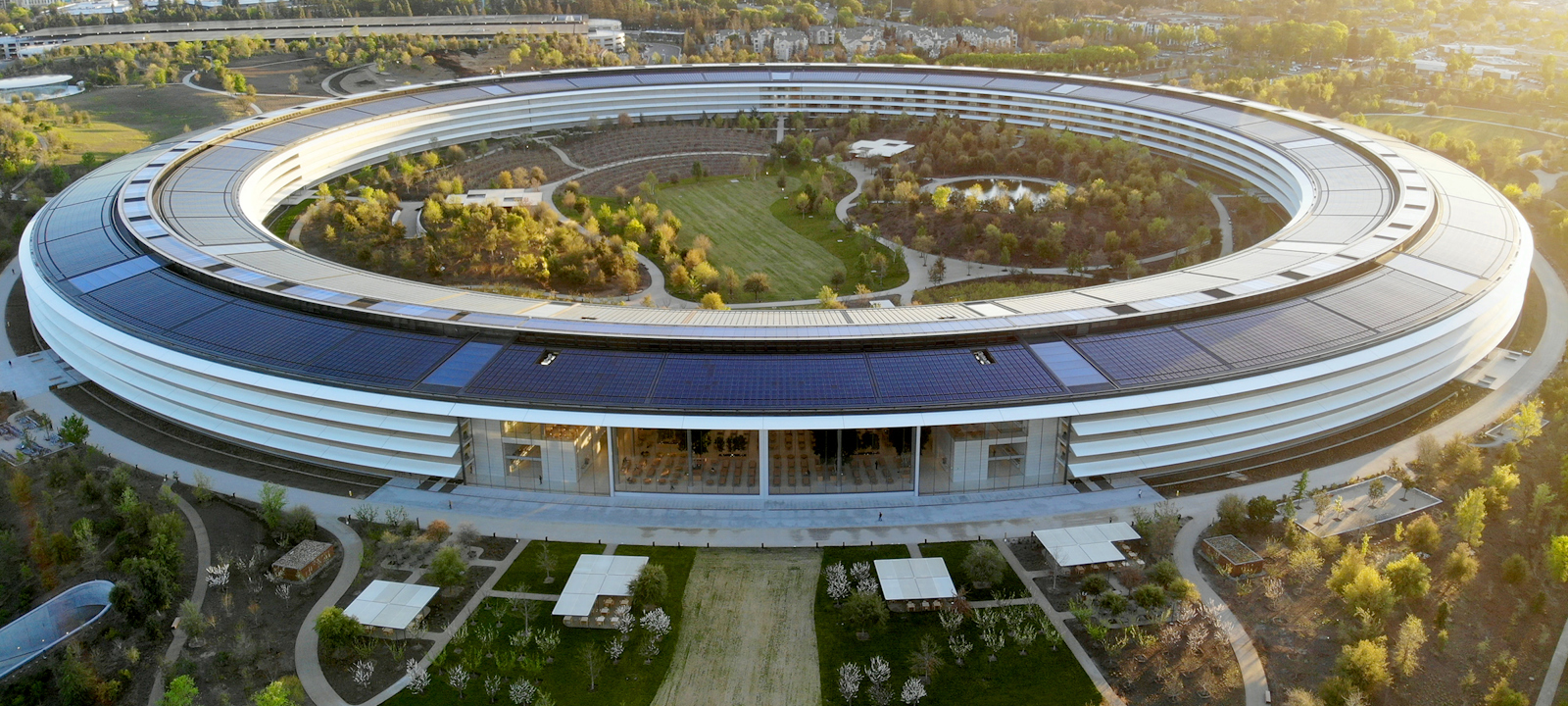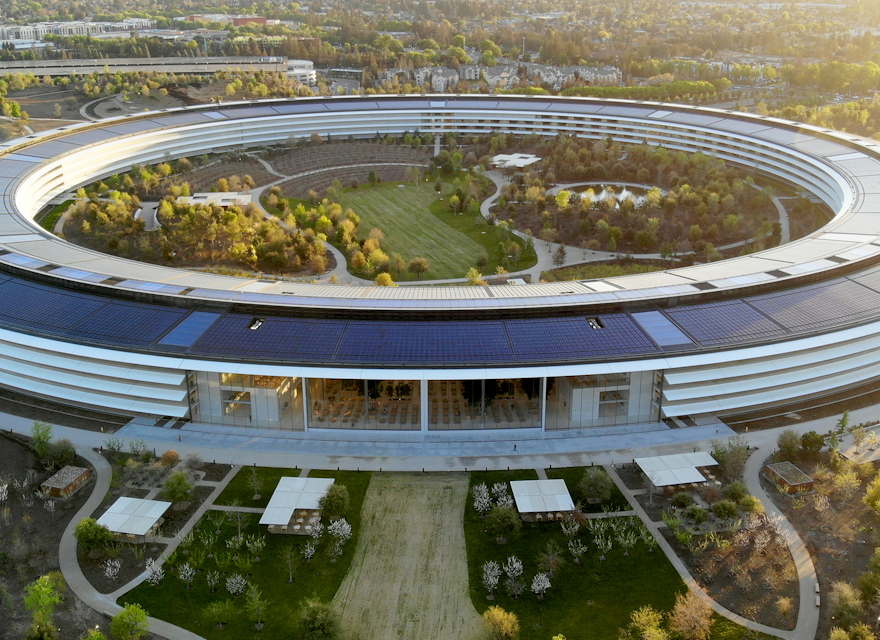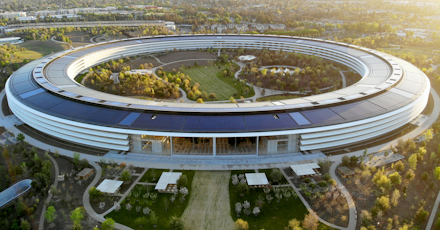Apple and Amazon have made huge investments in the physical space of their campuses — and they both have stated that they want to preserve the office as a center of company culture. One Apple executive has stated that facetime builds trust and makes it easier to collaborate - minimizing cultural dilution.
Do you like working from home?
It’s a conversation that comes up regularly on our virtual working from home conference calls. Many say they miss the social aspects of being in the office — going for drinks with colleagues after work, jogging with others during lunch, or bumping into people in the hallway.
On a recent call a colleague said, “I had a 30-minute commute to work. It was my mental transition time. I’d think about my upcoming meetings, my priorities and get myself mentally prepared.” Others on the call commented that they did the same thing at home. “It’s called going to the refrigerator and getting a drink.”
Twitter recently stated in a post to their employees, “Nobody needs to come back to the office. You can come back if you want to, but you don’t need to. And by the way, don’t think by coming back to the office and rubbing shoulders with leaders who happen to be in the office you are going to advance your career. We’re not going to differentiate between those who come to the office and those who are remote.”

Hybrid models are emerging
It’s been recently reported that Google will pursue a hybrid model that allows employees to work from home a couple of days a week. I heard from a friend of mine that works there that they are experimenting with different approaches.
Experiments revolve around different practices.
For example, some companies are categorizing their talent pools based on what they do —coders are saying they like to work at home on their own while sales are saying they have a quota and territory. They need to be with customers. But product designers are missing their teams. Those teams have a lot of interdependencies, and virtual working and using brainstorming tools like miro and mural can only go so far. Having the ability to physically brainstorm helps make decision-making more effective.
Being Flexible
One thing is clear, being flexible is a key request. Every company wants to be as productive and profitable as possible. We have seen multiple examples of how companies have responded to the pandemic e.g. click to curb and contactless payment services, to remain competitive. Companies are also monitoring employee performance and doing all they can to keep work flowing.
As can be seen in the chart below, the global pandemic disrupted many industries and their value chains. The term value chain refers to the various business activities and processes involved in creating a product or performing a service. A value chain can consist of multiple stages of a product or service's life cycle, including research and development, sales, and everything in between.
Working from home is a common question on our conference calls, but the bigger unmentioned question is how is all this going to shake out?

Customers are becoming more demanding. Those expectations are requiring new ways of thinking and operating models that help us respond to a world full of competitive and situational disruptions.
To learn more, download Valtech’s latest whitepaper: Disruption Explained: New Business Models for a New Business Age.








